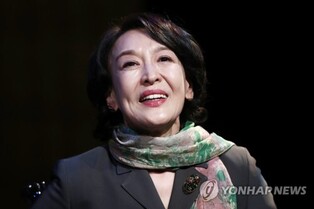banks-capital adequacy ratio
S. Korean banks' capital adequacy ratio down in Q3 on increased assets
SEOUL, Dec. 6 (Yonhap) -- South Korean banks saw their capital adequacy ratio down in the third quarter due to increased corporate loans and the strong dollar that raised the value of their overseas assets, data showed Tuesday.
The average capital adequacy ratio of 17 commercial and state-run banks stood at 14.84 percent as of end-September, down 0.46 percentage points from three months earlier, according to the preliminary data from the Financial Supervisory Service (FSS).
The ratio, a key barometer of financial soundness, measures the proportion of a bank's capital to its risk-weighted assets.
The third-quarter fall came as their assets grew at a faster pace amid a rise in corporate loans and the value of foreign currency-denominated assets from the strong dollar.
During the third quarter, their assets expanded 4.5 percent, compared with a 1.4 percent rise in their capital.
Despite the decline, the FSS said all lenders maintain higher capital adequacy ratios than the international standard.
The Switzerland-based Bank for International Settlements (BIS), an international organization of central banks, advises lenders to maintain a ratio of 8 percent or higher.
As of end-September, KB Koomin, Hana, Shinhan and other major lenders reported stable capital adequacy ratios of over 15 percent.
The figure for two state banks -- the Korea Development Bank and the Export-Import Bank of Korea -- came to 13.08 percent and 12.99 percent, respectively.
(END)
(C) Yonhap News Agency. All Rights Reserved

























![[가요소식] TXT](/news/data/20251220/yna1065624915960696_833_h2.jpg)







